A Review on the Recent Development of Capacitive Wireless Power Transfer Technology
Abstract
:1. Introduction
2. Fundamental Working Principle
2.1. General Mathematical Model of CPT System
2.2. Maximum Achievable Efficiency of a CPT System
3. Compensation Circuit Topology
3.1. PWM Converter Based Topology
3.2. Power Amplifier Based Topology
3.3. Full-Bridge Inverter Based Topology
Series L Compensation
LC Compensation
LCLC Compensation
4. Capacitive Coupler Structure
4.1. Two-Plate Structure
4.2. Four-Plate Parallel Structure
4.3. Four-Plate Stacked Structure
4.4. Six-Plate Structure
4.5. Electric Field Repeater
5. Comparison of CPT and IPT Technology
5.1. Advantages of CPT Technology
5.2. Limits of CPT Technology
5.3. Combination of IPT and CPT Technologies
6. Discussion: Practical Issues
6.1. Safety Concerns
6.2. Dynamic CPT Application
7. Conclusions
Acknowledgments
Author Contributions
Conflicts of Interest
References
- Kazmierkowski, M.; Moradewicz, A. Unplugged but connected: Review of contactless energy transfer systems. IEEE Ind. Electron. Mag. 2012, 6, 47–55. [Google Scholar] [CrossRef]
- Popovic, Z. Cut the cord: Low-power far-field wireless powering. IEEE Microw. Mag. 2013, 14, 55–62. [Google Scholar] [CrossRef]
- Hui, S.; Lee, C. A critical review of recent progress in mid-range wireless power transfer. IEEE Trans. Power Electron. 2014, 9, 4500–4511. [Google Scholar] [CrossRef]
- Jawad, A.M.; Nordin, R.; Gharghan, S.K.; Jawad, H.M.; Ismail, M. Opportunities and challenges for near-field wireless power transfer: A review. Energies 2017, 10, 1022. [Google Scholar] [CrossRef]
- Ottman, G.K.; Hofmann, H.; Bhatt, A.; Lesieutre, G. Adaptive piezoelectric energy harvesting circuit for wireless remote power supply. IEEE Trans. Power Electron. 2002, 17, 669–676. [Google Scholar] [CrossRef]
- Zaid, T.; Saat, S.; Yusop, Y.; Jamal, N. Contactless energy transfer using acoustic approach—A Review. In Proceedings of the Conference on Computer, Communications, Control Tech, Langkawi, Malaysia, 2–4 September 2014; pp. 376–381. [Google Scholar]
- Leung, H.; Hu, A.P. Modeling the contact interface of ultrasonic power transfer system based on mechanical and electrical equivalence. IEEE J. Emerg. Sel. Top. Power Electron. 2017, in press. [Google Scholar] [CrossRef]
- Jarvis, S.; Mukherjee, J.; Perren, M.; Sweeney, S. Development and characterization of laser power converters for optical power transfer applications. IET Optoelectron. 2014, 8, 64–70. [Google Scholar] [CrossRef]
- Huang, K.; Zhou, X. Cutting the last wires for mobile communications by microwave power transfer. IEEE Commun. Mag. 2015, 53, 86–93. [Google Scholar] [CrossRef] [Green Version]
- Covic, G.; Boys, J. Inductive power transfer. Proc. IEEE 2014, 6, 1276–1289. [Google Scholar] [CrossRef]
- Dai, J.; Ludois, D. A survey of wireless power transfer and a critical comparison of inductive and capacitive coupling for small gap applications. IEEE Trans. Power Electron. 2015, 30, 6017–6029. [Google Scholar] [CrossRef]
- Bank, M. One-wire line system for transmitting energy or information. Int. J. Commun. 2012, 6, 55–63. [Google Scholar]
- Huang, L.; Hu, A.P.; Swain, A.; Kim, S.; Ren, Y. An overview of capacitively coupled power transfer—A new contactless power transfer solution. In Proceedings of the IEEE Conference on Industrial Electronics and Applications, Melbourne, Australia, 19–21 June 2013; pp. 461–465. [Google Scholar]
- Culurciello, E.; Andreou, A. Capacitive inter-chip data and power transfer for 3-D VLSI. IEEE Trans. Circuit Syst. II 2006, 53, 1348–1352. [Google Scholar] [CrossRef]
- Sodagar, A.; Amiri, P. Capacitive coupling for power and data telemetry to implantable biomedical microsystems. In Proceedings of the IEEE Conference on Neural Engineering, Antalya, Turkey, 29 April–2 May 2009; pp. 411–414. [Google Scholar]
- Jegadeesan, R.; Agarwal, K.; Guo, Y.; Yen, S.; Thakor, N. Wireless power delivery to flexible subcutaneous implants using capacitive coupling. IEEE Trans. Microw. Theory Tech. 2017, 65, 280–292. [Google Scholar] [CrossRef]
- Shmilovitz, D.; Abramovitz, A.; Reichman, I. Quasi-Resonant LED driver with capacitive isolation and high PF. IEEE J. Emerg. Sel. Top. Power Electron. 2015, 3, 633–641. [Google Scholar] [CrossRef]
- Liu, C.; Hu, A.P.; Nair, N. Coupling study of a rotary capacitive power transfer system. In Proceedings of the 2009 IEEE International Conference on Industrial Technology, Gippsland, Australia, 10–13 February 2009; pp. 1–6. [Google Scholar]
- Wang, K.; Sanders, S. Contactless USB—A capacitive power and bidirectional data transfer system. In Proceedings of the 2014 IEEE Applied Power Electronics Conference and Exposition, Fort Worth, TX, USA, 16–20 March 2014; pp. 1342–1347. [Google Scholar]
- Mostafa, T.; Muharam, A.; Hattori, R. Wireless battery charging system for drones via capacitive power transfer. In Proceedings of the IEEE Workshop on Emerging Technologies: Wireless Power Transfer, Chongqing, China, 20–22 May 2017; pp. 1–6. [Google Scholar]
- Hu, A.P.; Liu, C.; Li, H. A novel contactless battery charging system for soccer playing robot. In Proceedings of the International Conference on Mechatronics and Machine Vision in Practice, Auckland, New Zealand, 2–4 December 2008; pp. 646–650. [Google Scholar]
- Ludois, D.; Reed, J.; Hanson, K. Capacitive power transfer for rotor field current in synchronous machines. IEEE Trans. Power Electron. 2012, 27, 4638–4645. [Google Scholar] [CrossRef]
- Ludois, D.; Erickson, M.; Reed, J. Aerodynamic fluid bearings for translational and rotating capacitors in noncontact capacitive power transfer systems. IEEE Trans. Ind. Appl. 2014, 50, 1025–1033. [Google Scholar] [CrossRef]
- Ludois, D.; Reed, J. Brushless mitigation of bearing currents in electric machines via capacitively coupled shunting. IEEE Trans. Ind. Appl. 2015, 51, 3783–3790. [Google Scholar] [CrossRef]
- Ge, B.; Ghule, A.; Ludois, D. Three-dimensional printed fluid-filled electrostatic rotating machine designed with conformal mapping methods. IEEE Trans. Ind. Appl. 2017, 53, 4348–4359. [Google Scholar] [CrossRef]
- Ge, B.; Ludois, D. Design concepts for a fluid-filled three-phase axial-peg-style electrostatic rotating machine utilizing variable elastance. IEEE Trans. Ind. Appl. 2016, 52, 2156–2166. [Google Scholar] [CrossRef]
- Kim, J.; Bien, F. Electric field coupling technique of wireless power transfer for electric vehicles. In Proceedings of the IEEE 2013 Tencon-Spring Conference, Sydney, Australia, 17–19 April 2013; pp. 267–271. [Google Scholar]
- Sakai, N.; Itokazu, D.; Suzuki, Y.; Sakihara, S.; Ohira, T. One-kilowatt capacitive power transfer via wheels of a compact electric vehicle. In Proceedings of the Wireless Power Transfer Conference, Aveiro, Portugal, 5–6 May 2016; pp. 1–3. [Google Scholar]
- Vu, V.; Kamal, L.; Tay, J.; Pickert, V.; Dahidah, M.; Logenthiran, T.; Phan, V. A multi-output capacitive charger for electric vehicles. In Proceedings of the 2017 IEEE 26th International Symposium on Industrial Electronics (ISIE), Edinburgh, UK, 19–21 June 2017; pp. 565–569. [Google Scholar]
- Rim, C.; Mi, C. Wireless Power Transfer for Electric Vehicles and Mobile Devices; Wiley-IEEE Press: Hoboken, NJ, USA, 2017. [Google Scholar]
- Zhang, H.; Lu, F.; Hofmann, H.; Liu, W.; Mi, C. A four-plate compact capacitive coupler design and LCL-compensated topology for capacitive power transfer in electric vehicle charging application. IEEE Trans. Power Electron. 2016, 31, 8541–8551. [Google Scholar]
- Lu, F. High Power Capacitive Power Transfer for Electric Vehicle Charging Applications; University of Michigan: Ann Arbor, MI, USA, 2017. [Google Scholar]
- Li, S.; Mi, C. Wireless power transfer for electric vehicle applications. IEEE J. Emerg. Sel. Top. Power Electron. 2015, 3, 4–17. [Google Scholar]
- Li, S.; Zhao, H.; Zhu, L.; Shuai, C.; Chen, Z. Wireless power transfer by electric field resonance and its application in dynamic charging. IEEE Trans. Ind. Electron. 2016, 63, 6602–6612. [Google Scholar] [CrossRef]
- Lu, F.; Zhang, H.; Hofmann, H.; Mi, C. A double-sided LC compensation circuit for loosely-coupled capacitive power transfer. IEEE Trans. Power Electron. 2017, in press. [Google Scholar] [CrossRef]
- Wang, C.; Covic, G.; Stielau, O. Power transfer capability and bifurcation phenomena of loosely coupled inductive power transfer systems. IEEE Trans. Power Electron. 2004, 51, 148–157. [Google Scholar] [CrossRef]
- Dai, J.; Hagen, S.; Ludois, D.; Brown, I. Synchronous generator brushless field excitation and voltage regulation via capacitive coupling through journal bearing. IEEE Trans. Ind. Appl. 2017, 4, 3317–3326. [Google Scholar] [CrossRef]
- Dai, J.; Ludois, D. Capacitive power transfer through a conformal bumper for electric vehicle charging. IEEE J. Emerg. Sel. Top. Power Electron. 2016, 4, 1015–1025. [Google Scholar] [CrossRef]
- Lu, F.; Zhang, H.; Hofmann, H.; Mi, C. Output power and efficiency sensitivity to circuit parameter variations in double-sided LCC-compensated wireless power transfer system. In Proceedings of the IEEE Applied Power Electronics Conference and Exposition, Charlotte, NC, USA, 15–19 March 2015; pp. 597–601. [Google Scholar]
- Ge, B.; Ludois, D.; Perez, R. The use of dielectric coatings in capacitive power transfer systems. In Proceedings of the IEEE 2014 Energy Conversion Congress and Exposition, Pittsburgh, PA, USA, 14–18 September 2014; pp. 2193–2199. [Google Scholar]
- Lee, I.; Kim, J.; Lee, W. A high-efficient low-cost converter for capacitive wireless power transfer systems. Energies 2017, 10, 1473. [Google Scholar] [CrossRef]
- Dai, J.; Ludois, D. Single active switch power electronics for kilowatt scale capacitive power transfer. IEEE J. Emerg. Sel. Top. Power Electron. 2016, 3, 315–323. [Google Scholar]
- Huang, L.; Hu, A.P.; Swain, A.; Dai, X. Comparison of two high frequency converters for capacitive power transfer. In Proceedings of the IEEE 2014 Energy Conversion Congress and Exposition, Pittsburgh, PA, USA, 14–18 September 2014; pp. 5437–5443. [Google Scholar]
- Choi, J.; Tsukiyama, D.; Tsuruda, Y.; Rivas, J. High-frequency, high-power resonant inverter with eGaN FET for wireless power transfer. IEEE Trans. Power Electron. 2017, in press. [Google Scholar] [CrossRef]
- Yusop, Y.; Husin, H.; Saat, S.; Nguang, S.; Ghani, Z. Class-E LCCL for capacitive power transfer system. In Proceedings of the IEEE 2016 Power and Energy Conference, Melaka, Malaysia, 28–29 November 2016; pp. 428–433. [Google Scholar]
- Huang, L.; Hu, A.P.; Swain, A. A resonant compensation method for improving the performance of capacitively coupled power transfer system. In Proceedings of the IEEE 2014 Energy Conversion Congress and Exposition, Pittsburgh, PA, USA, 14–18 September 2014; pp. 870–875. [Google Scholar]
- Choi, B.; Nguyen, D.; Yoo, S.; Kim, J.; Rim, C.T. A novel source-side monitored capacitive power transfer system for contactless mobile charger using class-E converter. In Proceedings of the 2014 IEEE 79th Vehicular Technology Conference, Seoul, Korea, 18–21 May 2014; pp. 1–5. [Google Scholar]
- Narayanamoorthi, R.; Juliet, A.V.; Chokkalingam, B.; Padmanaban, S.; Leonowicz, Z.M. Class E power amplifier design and optimization for the capacitive coupled wireless power transfer system in biomedical implants. Energies 2017, 10, 1409. [Google Scholar]
- Yusop, Y.; Saat, S.; Ghani, Z.; Husin, H.; Nguang, S. Capacitive power transfer with impedance matching network. In Proceedings of the 2016 IEEE 12th International Colloquium on Signal Processing & Its Applications, Malacca City, Malaysia, 4–6 March 2016; pp. 124–129. [Google Scholar]
- Minnaert, B.; Stevens, N. Conjugate image theory applied on capacitive wireless power transfer. Energies 2017, 10, 46. [Google Scholar] [CrossRef]
- Kline, M.; Izyumin, I.; Boser, B.; Sanders, S. Capacitive Power transfer for contactless charging. In Proceedings of the 2011 IEEE Applied Power Electronics Conference and Exposition, Fort Worth, TX, USA, 6–11 March 2011; pp. 1398–1404. [Google Scholar]
- Antivachis, M.; Kasper, M.; Bortis, D.; Kolar, J. Analysis of capacitive power transfer GaN ISOP multi-cell DC/DC converter systems for single-phase telecom power supply modules. In Proceedings of the IECON 2016—42nd Annual Conference of the IEEE Industrial Electronics Society, Florence, Italy, 23–26 October 2016; pp. 1280–1287. [Google Scholar]
- Mishra, S.; Adda, R.; Sekhar, S.; Joshi, A.; Rathore, A. Power transfer using portable surfaces in capacitively coupled power transfer technology. IET Power Electron. 2016, 9, 997–1008. [Google Scholar] [CrossRef]
- Rozario, D.; Pathipati, V.; Ram, A.; Azeez, N.; Williamson, S. Modified resonant converters for contactless capacitive power transfer system used in EV charging applications. In Proceedings of the IECON 2016—42nd Annual Conference of the IEEE Industrial Electronics Society, Florence, Italy, 23–26 October 2016; pp. 4510–4517. [Google Scholar]
- Choi, S.; Choi, H. Capacitive wireless power transfer system with double matching transformers for reduced stress and extended ZVS range. In Proceedings of the IECON 2016—42nd Annual Conference of the IEEE Industrial Electronics Society, Florence, Italy, 23–26 October 2016; pp. 1–6. [Google Scholar]
- Zhu, J.; Xu, M.; Sun, J.; Wang, C. Novel capacitor-isolated power converter. In Proceedings of the IEEE 2014 Energy Conversion Congress and Exposition, Pittsburgh, PA, USA, 14–18 September 2014; pp. 1824–1829. [Google Scholar]
- Liu, C.; Hu, A.P.; Covic, G.; Nair, N. Comparative study of CCPT systems with two different inductor tuning positions. IEEE Trans. Power Electron. 2012, 27, 294–306. [Google Scholar]
- Dai, J.; Hagen, S.; Ludois, D. Linear motion system cable elimination via multiphase capacitive power transfer through sliding journal bearing. In Proceedings of the IEEE 2017 Applied Power Electronics Conference, Tampa, FL, USA, 26–30 March 2017; pp. 2157–2164. [Google Scholar]
- Kobayashi, H.; Funato, H.; Chiku, Y. Enhancement of transfer power of capacitive power transfer system using cascaded one pulse switching active capacitor with three-level operation. In Proceedings of the 7th International Power Electronics and Motion Control Conference, Harbin, China, 2–5 June 2012; pp. 884–888. [Google Scholar]
- Funato, H.; Kobayashi, H.; Kitabayshi, T. Analysis of transfer power of capacitive power transfer system. In Proceedings of the IEEE 10th International Conference on Power Electronics and Drive Systems, Kitakyushu, Japan, 22–25 April 2013; pp. 1015–1020. [Google Scholar]
- Amano, K.; Funato, H.; Haruna, J. Proposal of isolated outlet socket and plug using capacitive power transfer. In Proceedings of the Intern. Future Energy Electronics Conference and ECCE Asia, Kaohsiung, Taiwan, 3–7 June 2017; pp. 648–653. [Google Scholar]
- Jegadeesan, R.; Guo, Y.; Je, M. Electric near-field coupling for wireless power transfer in biomedical applications. In Proceedings of the 2013 IEEE MTT-S International Microwave Workshop Series on RF and Wireless Technologies for Biomedical and Healthcare Applications, Singapore, 9–11 December 2013; pp. 1–3. [Google Scholar]
- Kusunoki, M.; Obara, D.; Masuda, M. Wireless power transfer via electric field resonance coupling. In Proceedings of the IEEE Asia-Pacific Microwave Conference (APMC), Sendai, Japan, 4–7 November 2014; pp. 1360–1362. [Google Scholar]
- Fernandes, R.D.; Matos, J.N.; Carvalho, N.B. Wireless power transmission based on resonant electrical coupling. In Proceedings of the IEEE European Microwave Conference (EuMC), Rome, Italy, 6–9 October 2014; pp. 17–20. [Google Scholar]
- Regensburger, B.; Kumar, A.; Sinha, S.; Doubleday, K.; Pervaiz, S.; Popovic, Z.; Afridi, K. High performance large air-gap capacitive wireless power transfer system for electric vehicle charging. In Proceedings of the IEEE 2017 Transportation Electrification Conference and Expo, Chicago, IL, USA, 22–24 June 2017; pp. 638–643. [Google Scholar]
- Zhang, H.; Lu, F.; Hofmann, H.; Mi, C. A loosely coupled capacitive power transfer system with LC compensation circuit topology. In Proceedings of the IEEE Energy Conversation Congress Exposition (ECCE), Milwaukee, WI, USA, 18–22 September 2016; pp. 1–5. [Google Scholar]
- Theodoridis, M.P. Effective capacitive power transfer. IEEE Trans. Power Electron. 2012, 27, 4906–4913. [Google Scholar] [CrossRef]
- Lu, F.; Zhang, H.; Hofmann, H.; Mi, C. A double-sided LCLC-compensated capacitive power transfer system for electric vehicle charging. IEEE Trans. Power Electron. 2015, 30, 6011–6014. [Google Scholar] [CrossRef]
- Lu, F.; Zhang, H.; Hofmann, H.; Mi, C. A CLLC-compensated high power and large air-gap capacitive power transfer system for electric vehicle charging applications. In Proceedings of the IEEE Applied Power Electronics Conference and Exposition, Long Beach, CA, USA, 20–24 March 2016; pp. 1721–1725. [Google Scholar]
- Doubleday, K.; Kumar, A.; Sinha, S.; Regensburger, B.; Pervaiz, S.; Afridi, K. Design tradeoff in a multi-modular capacitive wireless power transfer system. In Proceedings of the IEEE 2016 PELS Workshop on Emerging Technologies: Wireless Power Transfer, Knoxville, TN, USA, 4–6 October 2016; pp. 35–41. [Google Scholar]
- Sinha, S.; Kumar, A.; Pervaiz, S.; Regensburgr, B.; Afridi, K. Design of efficient matching networks for capacitive wireless power transfer systems. In Proceedings of the IEEE 2016 Workshop on Control and Modeling for Power Electronics, Trondheim, Norway, 27–30 June 2016; pp. 1–7. [Google Scholar]
- Su, Y.; Zhou, W.; Hu, A.P.; Tang, C.; Xie, S.; Sun, Y. Full-duplex communication on the shared channel of a capacitively coupled power transfer system. IEEE Trans. Power Electron. 2017, 32, 3229–3239. [Google Scholar] [CrossRef]
- Rozadio, D.; Azeez, N.; Williamson, S. Comprehensive review and comparative analysis of compensation networks for capacitive power transfer systems. In Proceedings of the IEEE 2016 International Symposium on Industrial Electronics, Santa Clara, CA, USA, 8–10 June 2016; pp. 823–829. [Google Scholar]
- Sepahvand, A.; Kumar, A.; Afridi, K.; Maksimovic, D. High power transfer density and high efficiency 100 MHz capacitive wireless power transfer system. In Proceedings of the IEEE Workshop on Control and Modeling for Power Electronics, Vancouver, BC, Canada, 12–15 July 2015; pp. 1–4. [Google Scholar]
- Kumar, A.; Pervaiz, S.; Chang, C.; Korhummel, S.; Popovic, Z.; Afridi, K. Investigation of power transfer density enhancement in large air-gap capacitive wireless power transfer systems. In Proceedings of the IEEE Wireless Power Transfer Conference, Boulder, CO, USA, 13–15 May 2015; pp. 1–4. [Google Scholar]
- Minnaert, B.; Stevens, N. Optimal analytical solution for a capacitive wireless power transfer system with one transmitter and two receivers. Energies 2017, 10, 1444. [Google Scholar] [CrossRef]
- Yi, K. High frequency capacitive coupling wireless power transfer using glass dielectric layers. In Proceedings of the IEEE Wireless Power Transfer Conference, Aveiro, Portugal, 5–6 May 2016; pp. 1–3. [Google Scholar]
- Kumar, A.; Sinha, S.; Sepahvand, A.; Afridi, K. Improved design optimization for high-efficiency matching networks. IEEE Trans. Power Electron. 2017, in press. [Google Scholar] [CrossRef]
- Huang, L.; Hu, A.P.; Swain, A.; Su, Y. Z-impedance compensation for wireless power transfer based on electric field. IEEE Trans. Power Electron. 2016, 31, 7556–7563. [Google Scholar] [CrossRef]
- Wilkinson, A.J.; Everard, J.K.A. Transmission line load network topology for class E power amplifier. IEEE Trans. Microw. Theory Tech. 2001, 49, 1202–1210. [Google Scholar] [CrossRef]
- Lu, F.; Zhang, H.; Mi, C. A two-plate capacitive wireless power transfer system for electric vehicle charging applications. IEEE Trans. Power Electron. 2017, in press. [Google Scholar] [CrossRef]
- Zou, L.; Hu, A.P.; Su, Y. A single-wire capacitive power transfer system with large coupling alignment tolerance. In Proceedings of the IEEE 2017 PELS Workshop on Emerging Technologies: Wireless Power Transfer, Chongqing, China, 20–22 May 2017; pp. 93–98. [Google Scholar]
- Van Neste, C.; Phani, A.; Hull, R.; Hawk, J.; Thundat, T. Quasi-wireless capacitive energy transfer for the dynamic charging of personal mobility vehicles. In Proceedings of the IEEE 2016 PELS Workshop on Emerging Technologies: Wireless Power Transfer, Knoxville, TN, USA, 4–6 October 2016; pp. 196–199. [Google Scholar]
- Van Neste, C.; Phani, A.; Larocque, A.; Hawk, J.; Kalra, R.; Banaag, M.; Wu, M.; Thundat, T. Quarter wavelength resonators for use in wireless capacitive power transfer. In Proceedings of the IEEE 2017 PELS Workshop on Emerging Technologies: Wireless Power Transfer, Chongqing, China, 20–22 May 2017; pp. 229–234. [Google Scholar]
- Rozario, D.; Azeez, N.; Williamson, S. Analysis and design of coupling capacitors for contactless capacitive power transfer systems. In Proceedings of the IEEE 2016 Transportation Electrification Conference and Expo, Dearborn, MI, USA, 27–29 June 2016; pp. 1–7. [Google Scholar]
- Liu, C.; Hu, A.P.; Budhia, M. A generalized coupling model for capacitive power transfer systems. In Proceedings of the 36th Annual Conference on IEEE Industrial Electronics Society, Glendale, AZ, USA, 7–10 November 2010; pp. 271–279. [Google Scholar]
- Huang, L.; Hu, A.P. Defining the mutual coupling of capacitive power transfer for wireless power transfer. Electron. Lett. 2015, 51, 1806–1807. [Google Scholar] [CrossRef]
- Komaru, T.; Akita, H. Positional characteristics of capacitive power transfer as a resonance coupling system. In Proceedings of the IEEE Wireless Power Transfer Conference, Perugia, Italy, 15–16 May 2013; pp. 218–221. [Google Scholar]
- Liu, Y.; Li, C.; Chi, Y.; Lee, Y.; Yuan, Q.; Chen, Q. Novel design of pixelated charging electrodes for capacitive power transfer. In Proceedings of the IEEE Wireless Power Transfer Conference, Taipei, Taiwan, 10–12 May 2017; pp. 1–4. [Google Scholar]
- Zhang, H.; Lu, F.; Hofmann, H.; Liu, W.; Mi, C. A six-plate capacitive coupler to reduce electric field emission in large air-gap capacitive power transfer. IEEE Trans. Power Electron. 2017, in press. [Google Scholar] [CrossRef]
- Doubleday, K.; Kumar, A.; Regensburger, B.; Pervaiz, S.; Sinha, S.; Popovic, Z.; Afridi, K. Multi-objective optimization of capacitive wireless power transfer systems for electric vehicle charging. In Proceedings of the IEEE 2017 Workshop on Control and Modeling for Power Electronics, Stanford, CA, USA, 9–12 July 2017; pp. 1–8. [Google Scholar]
- Zhang, H.; Lu, F.; Hofmann, H.; Liu, W.; Mi, C. An LC compensated electric field repeater for long distance capacitive power transfer. IEEE Trans. Ind. Appl. 2017, in press. [Google Scholar] [CrossRef]
- Miyazaki, M.; Abe, S.; Suzuki, Y.; Sakai, N.; Ohira, T.; Sugino, M. Sandwiched parallel plate capacitive coupler for wireless power transfer tolerant of electrode displacement. In Proceedings of the IEEE 2017 Microwaves for Intelligent Mobility Conference, Nagoya, Japan, 19–21 March 2017; pp. 29–32. [Google Scholar]
- Liu, C.; Hu, A.P.; Wang, B.; Nair, N. A capacitively coupled contactless matrix charging platform with soft switched transformer control. IEEE Trans. Ind. Electron. 2013, 60, 249–260. [Google Scholar] [CrossRef]
- Su, Y.; Xie, S.; Hu, A.P.; Tang, C.; Zhou, W.; Huang, L. Capacitive power transfer system with a mixed-resonant topology for constant-current multiple-pickup applications. IEEE Trans. Power Electron. 2017, 32, 8778–8786. [Google Scholar] [CrossRef]
- Zargham, M.; Gulak, P. Maximum achievable efficiency in near-field coupled power transfer systems. IEEE Trans. Biomed. Circuits Syst. 2012, 6, 228–245. [Google Scholar] [CrossRef] [PubMed]
- Huang, Z.; Wong, S.; Tse, C.K. Design methodology of a series-series inductive power transfer system for electric vehicle battery charger application. In Proceedings of the IEEE Energy Conversion Congress and Exposition (ECCE), Pittsburgh, PA, USA, 14–18 September 2014; pp. 1778–1782. [Google Scholar]
- Deng, J.; Lu, F.; Li, S.; Nguyen, T.; Mi, C. Development of a high efficiency primary side controlled 7 kW wireless power charger. In Proceedings of the 2014 IEEE International Electric Vehicle Conference, Florence, Italy, 17 December 2014; pp. 1–6. [Google Scholar]
- Li, S.; Li, W.; Deng, J.; Nguyen, T.D.; Mi, C. A double sided LCC compensation network and its tuning method for wireless power transfer. IEEE Trans. Veh. Technol. 2015, 64, 2261–2273. [Google Scholar] [CrossRef]
- Lu, F.; Zhang, H.; Kan, T.; Hofmann, H.; Mei, Y.; Cai, L.; Mi, C. A high efficiency and compact inductive power transfer system compatible with both 3.3 kW and 7.7 kW receivers. In Proceedings of the IEEE Applied Power Electronics Conference and Exposition, Tampa, FL, USA, 26–30 March 2017; pp. 3669–3673. [Google Scholar]
- Lu, F.; Zhang, H.; Hofmann, H.; Mi, C. A dual-coupled LCC-Compensated IPT system with a compact magnetic coupler. IEEE Trans. Power Electron. 2017, in press. [Google Scholar] [CrossRef]
- Minnaert, B.; Stevens, N. Conjugate image theory for non-symmetric inductive, capacitive and mixed coupling. In Proceedings of the IEEE Wireless Power Transfer Conference, Taipei, Taiwan, 10–12 May 2017; pp. 1–4. [Google Scholar]
- Lu, F.; Zhang, H.; Hofmann, H.; Mi, C. An Inductive and capacitive combined wireless power transfer system with LC-compensated topology. IEEE Trans. Power Electron. 2016, 31, 8471–8482. [Google Scholar] [CrossRef]
- Lu, F.; Zhang, H.; Hofmann, H.; Mi, C. An inductive and capacitive integrated coupler and its LCL compensation design for wireless power transfer. IEEE Trans. Ind. Appl. 2017, in press. [Google Scholar] [CrossRef]
- Schroedermeier, A.; Ludois, D. Integrated inductor and capacitor with co-located electric and magnetic fields. IEEE Trans. Ind. Appl. 2017, 53, 380–390. [Google Scholar] [CrossRef]
- Li, X.; Tang, C.; Dai, X.; Deng, P.; Su, Y. An inductive and capacitive combined parallel transmission of power and data for wireless power transfer systems. IEEE Trans. Power Electron. 2017, in press. [Google Scholar] [CrossRef]
- Trevisan, R.; Costanzo, A. Exploitation of capacitive coupling at UHF for remote sensing in a kW WPT system. In Proceedings of the 2015 European Microwave Conference, Paris, France, 7–10 September 2015; pp. 490–493. [Google Scholar]
- Vincent, D.; Sang, P.; Williamson, S. Feasibility study of hybrid inductive and capacitive wireless power transfer for future transportation. In Proceedings of the IEEE 2017 Transportation Electrification Conference and Expo, Chicago, IL, USA, 22–24 June 2017; pp. 229–233. [Google Scholar]
- Ishigaki, M.; Shin, J.; Dede, E. A novel soft switching bidirectional DC-DC converter using magnetic and capacitive hybrid power transfer. IEEE Trans. Power Electron. 2017, 32, 6961–6970. [Google Scholar] [CrossRef]
- Behjat, V.; Bahedi, A.; Setayeshmehr, A.; Borsi, H.; Gockenbach, E. Diagnosing shorted turns on the windings of power transformers based upon online fra using capacitive and inductive couplings. IEEE Trans. Power Deliv. 2011, 26, 2123–2133. [Google Scholar] [CrossRef]
- Erfani, R.; Marefat, F.; Sodagar, A.; Mohseni, P. Modeling and experimental validation of a capacitive link for wireless power transfer to biomedical implants. IEEE Trans. Circuits Syst. II 2017, in press. [Google Scholar] [CrossRef]
- Bartlett, A.; Arsenault, P. Wireless power for vehicle lightweighting, reducing costs, and improving manufacturing efficiencies. In Proceedings of the IEEE Vehicular Technology Conference, Boston, MA, USA, 6–9 September 2015; pp. 1–6. [Google Scholar]
- IEEE Standards Coordinating Committee. IEEE Standard for Safety Levels with Respect to Human Exposure to Radio Frequency Electromagnetic Fields, 3 kHz to 300 GHz; IEEE Standard C95.1-2005; IEEE Standards Coordinating Committee: Piscataway, NJ, USA, 2006. [Google Scholar]
- Ramos, I.; Afridi, K.; Estrada, J.; Popovic, Z. Nearfield capacitive wireless power transfer array with external field cancellation. In Proceedings of the IEEE Wireless Power Transfer Conference, Aveiro, Portugal, 5–6 May 2016; pp. 1–4. [Google Scholar]
- Lu, F.; Zhang, H.; Hofmann, H.; Mei, Y.; Mi, C. A dynamic capacitive power transfer system with reduced power pulsation. In Proceedings of the IEEE 2016 PELS Workshop on Emerging Technologies: Wireless Power Transfer, Knoxville, TN, USA, 4–6 October 2016; pp. 60–64. [Google Scholar]




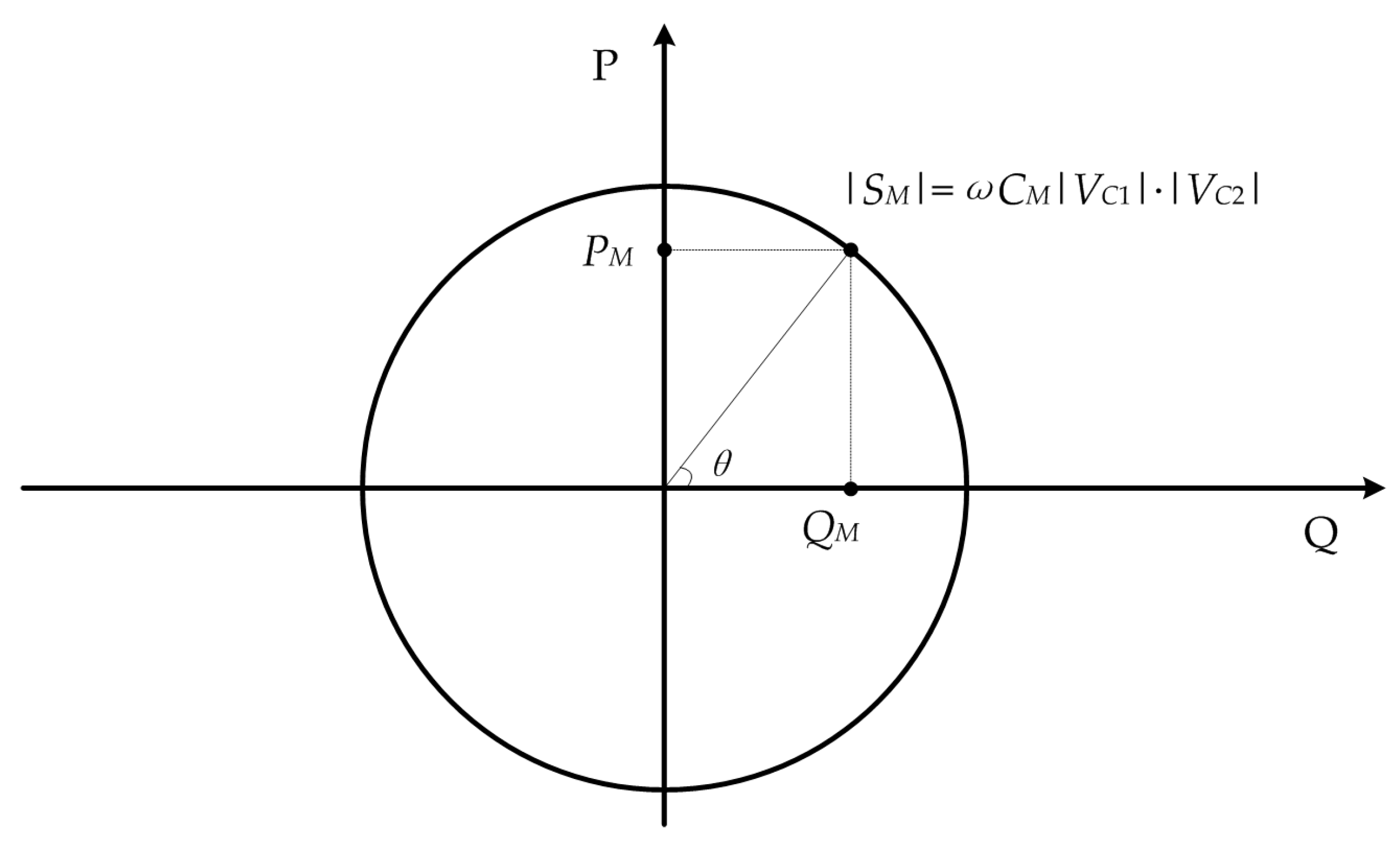
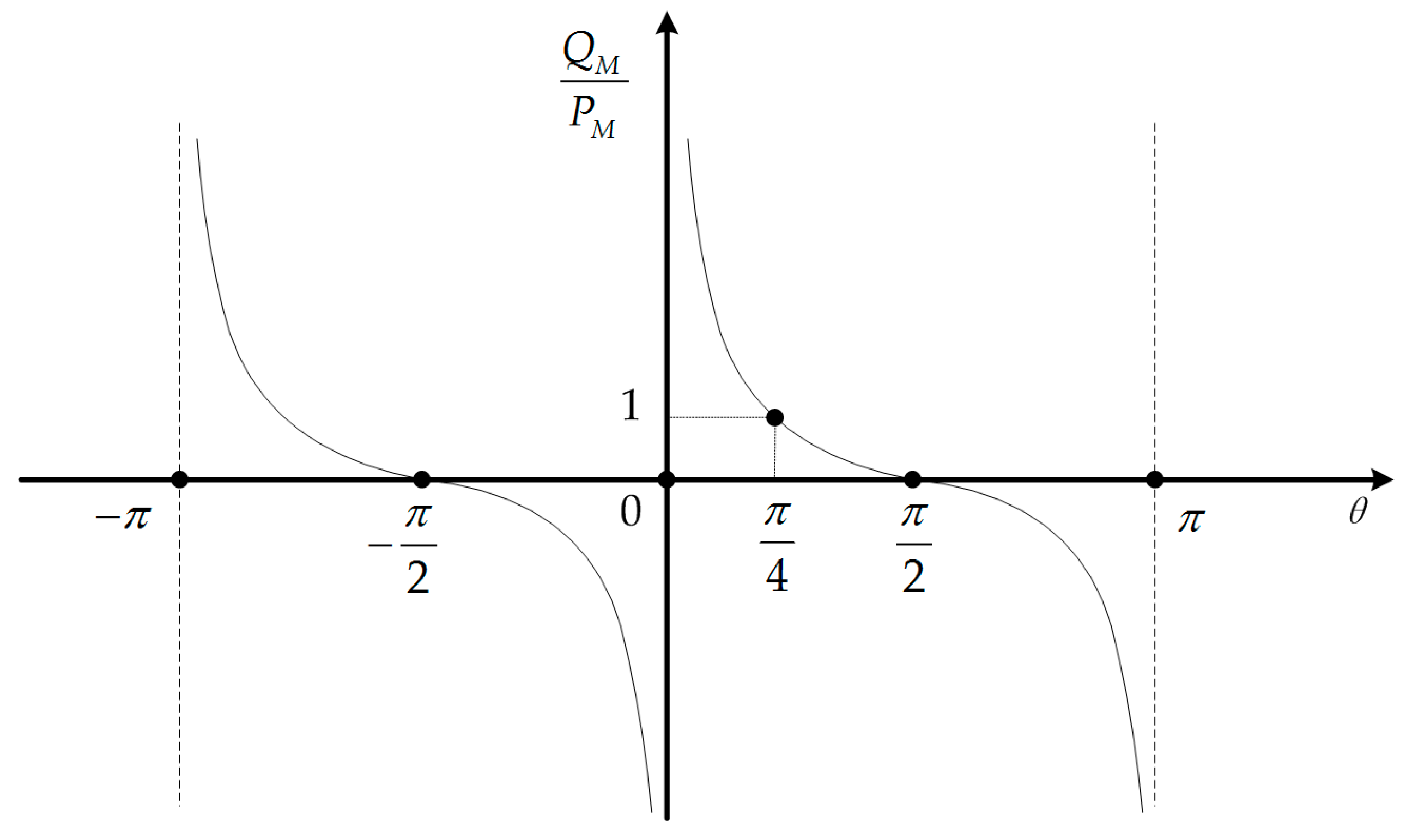

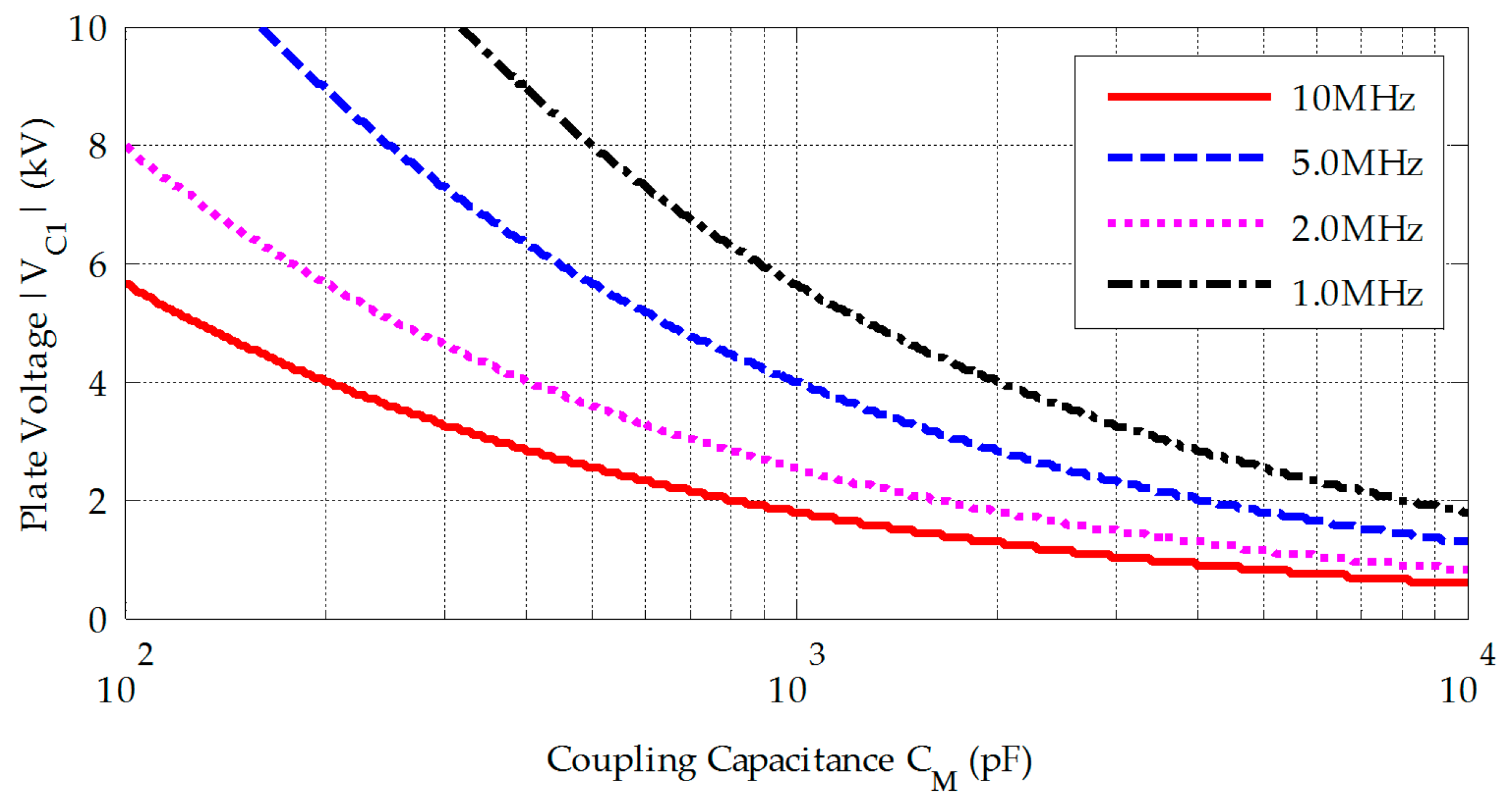


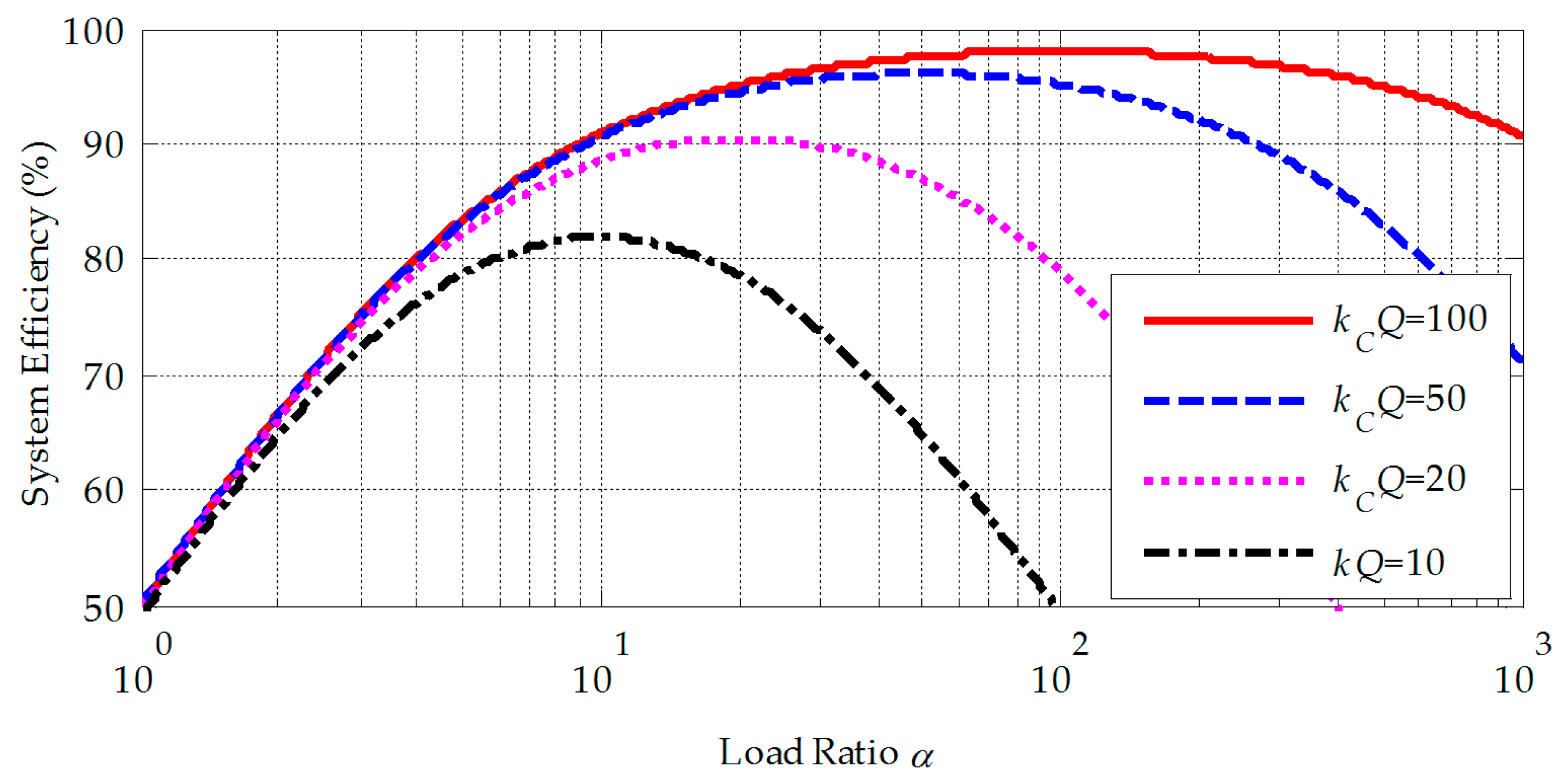









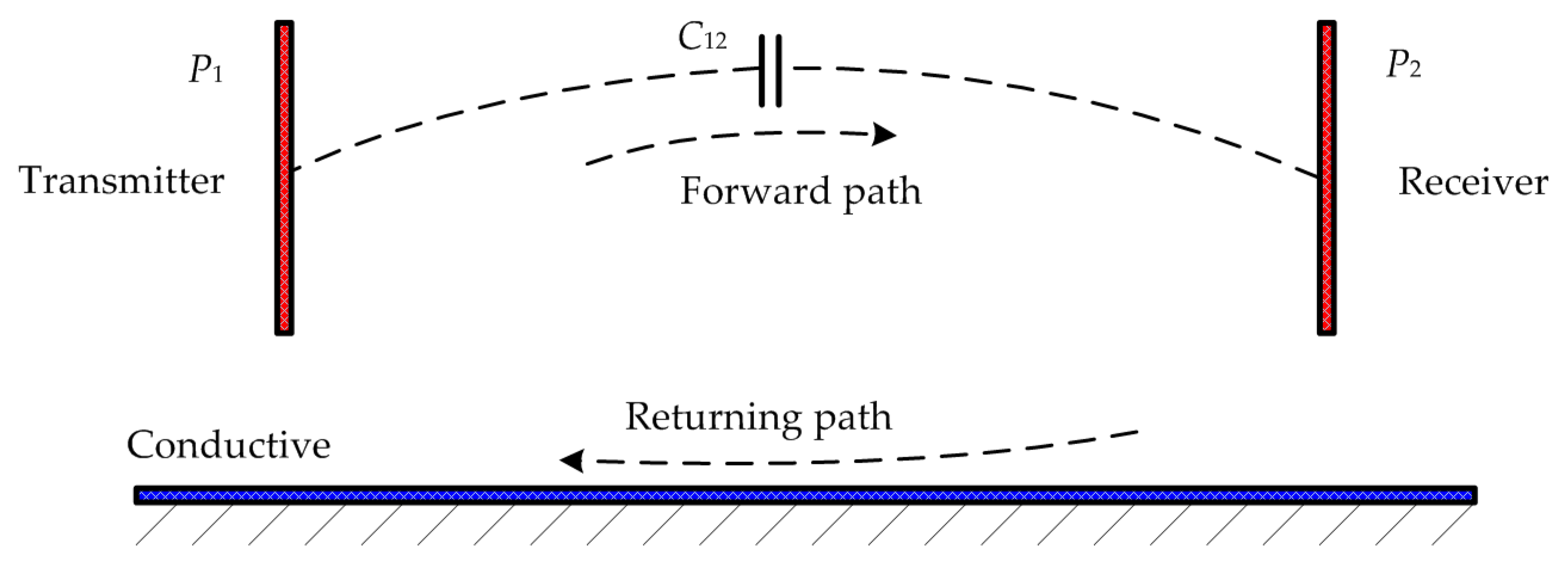
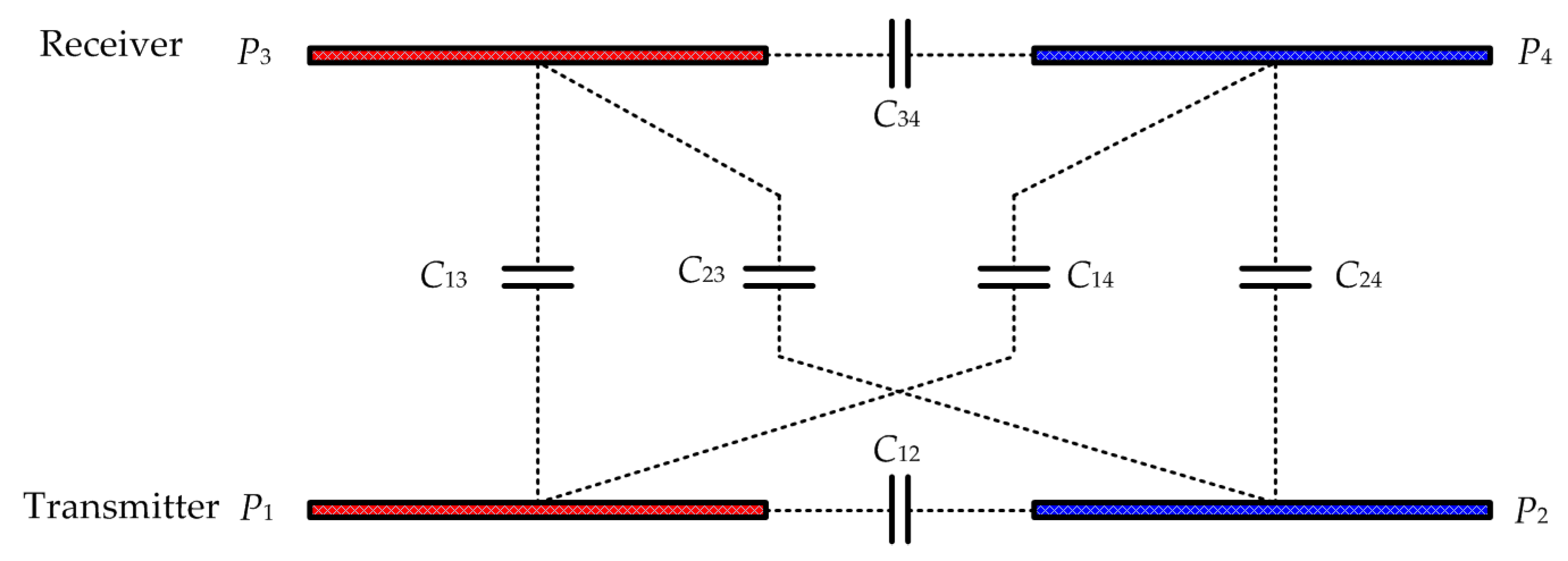
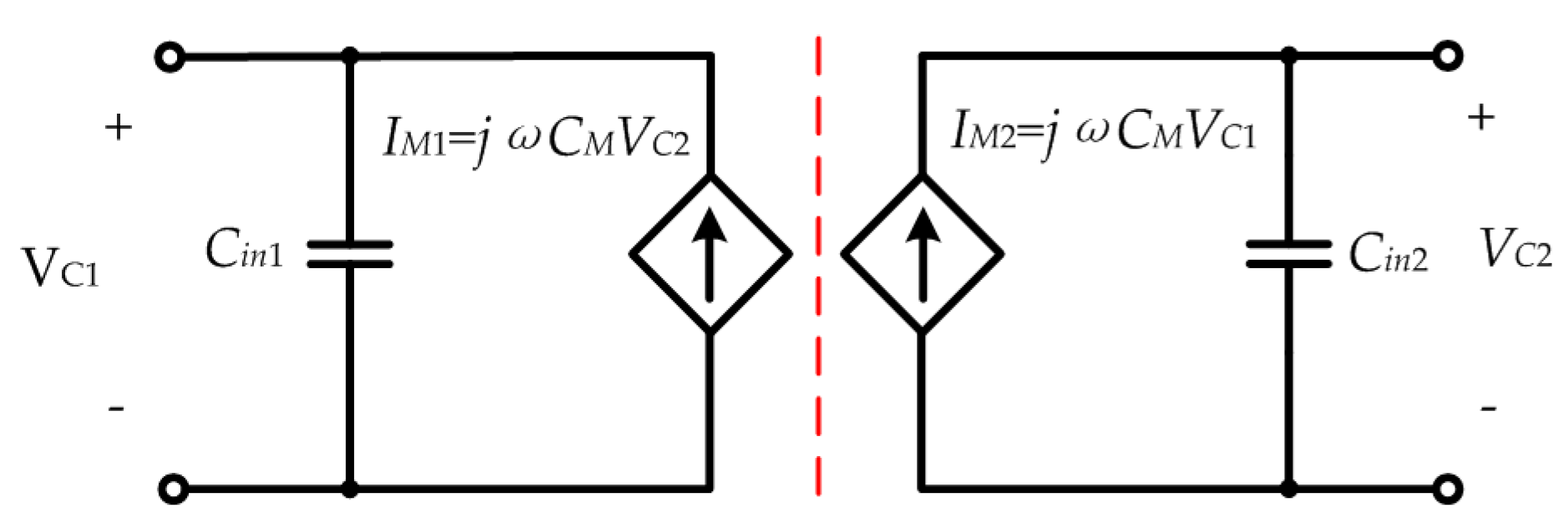
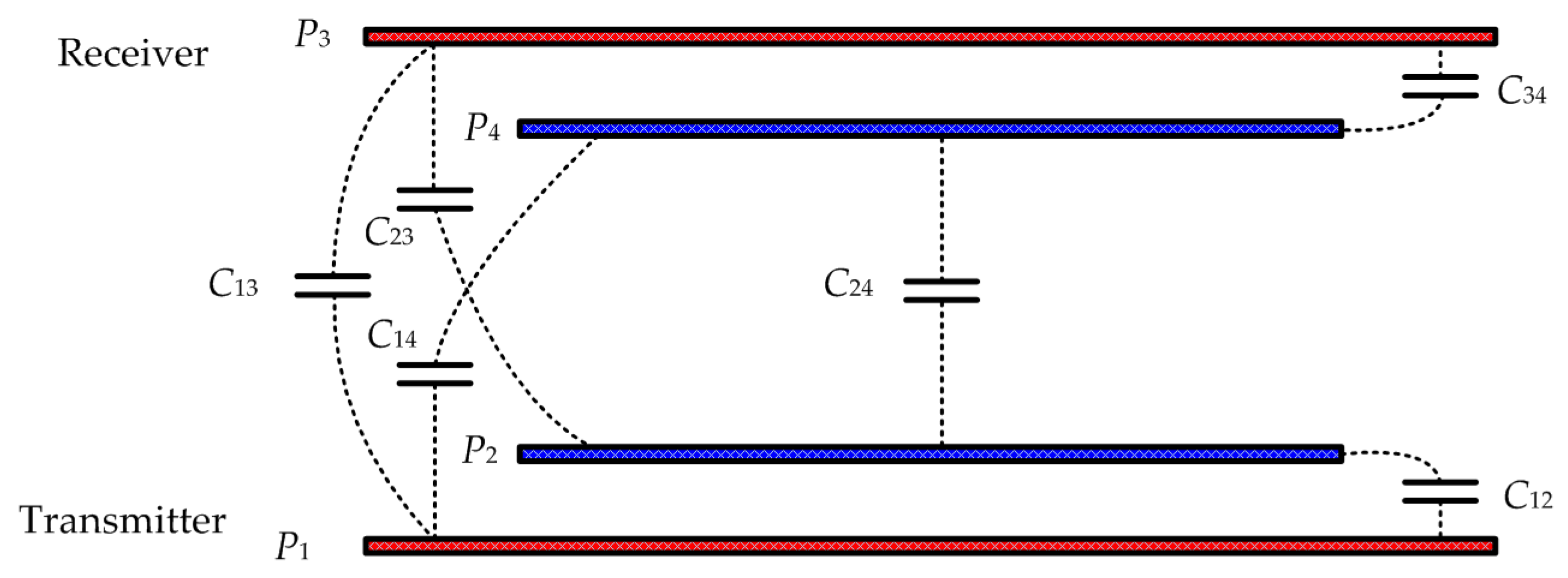
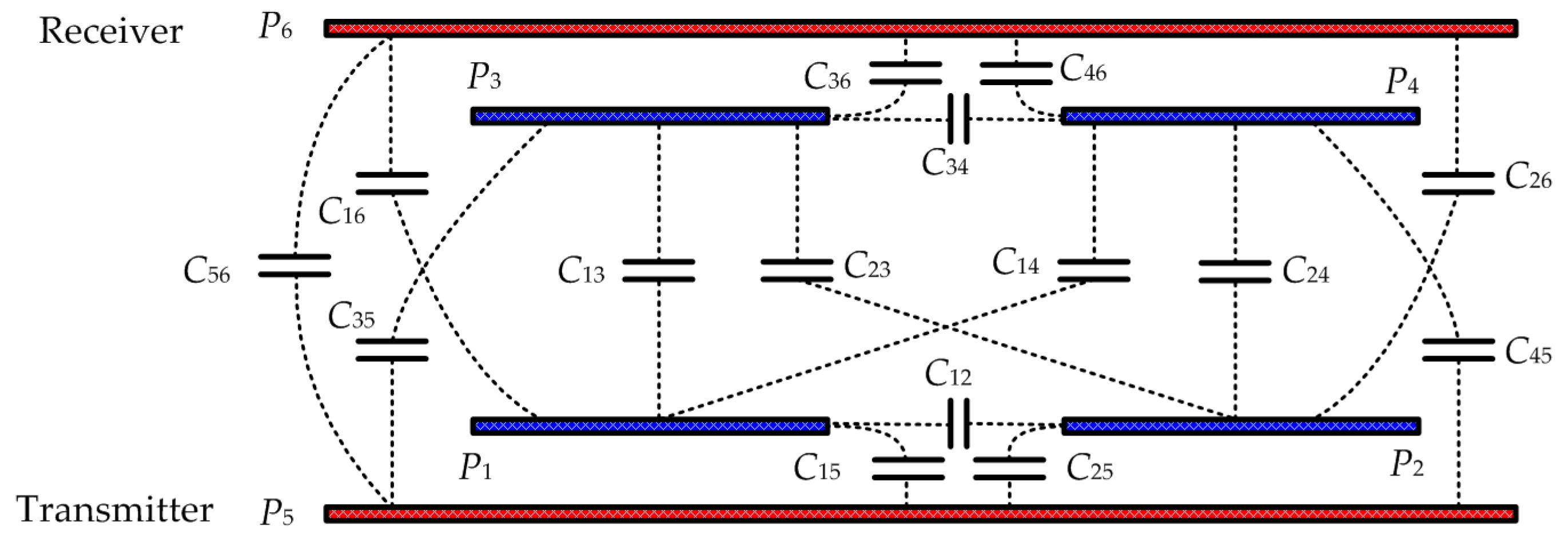



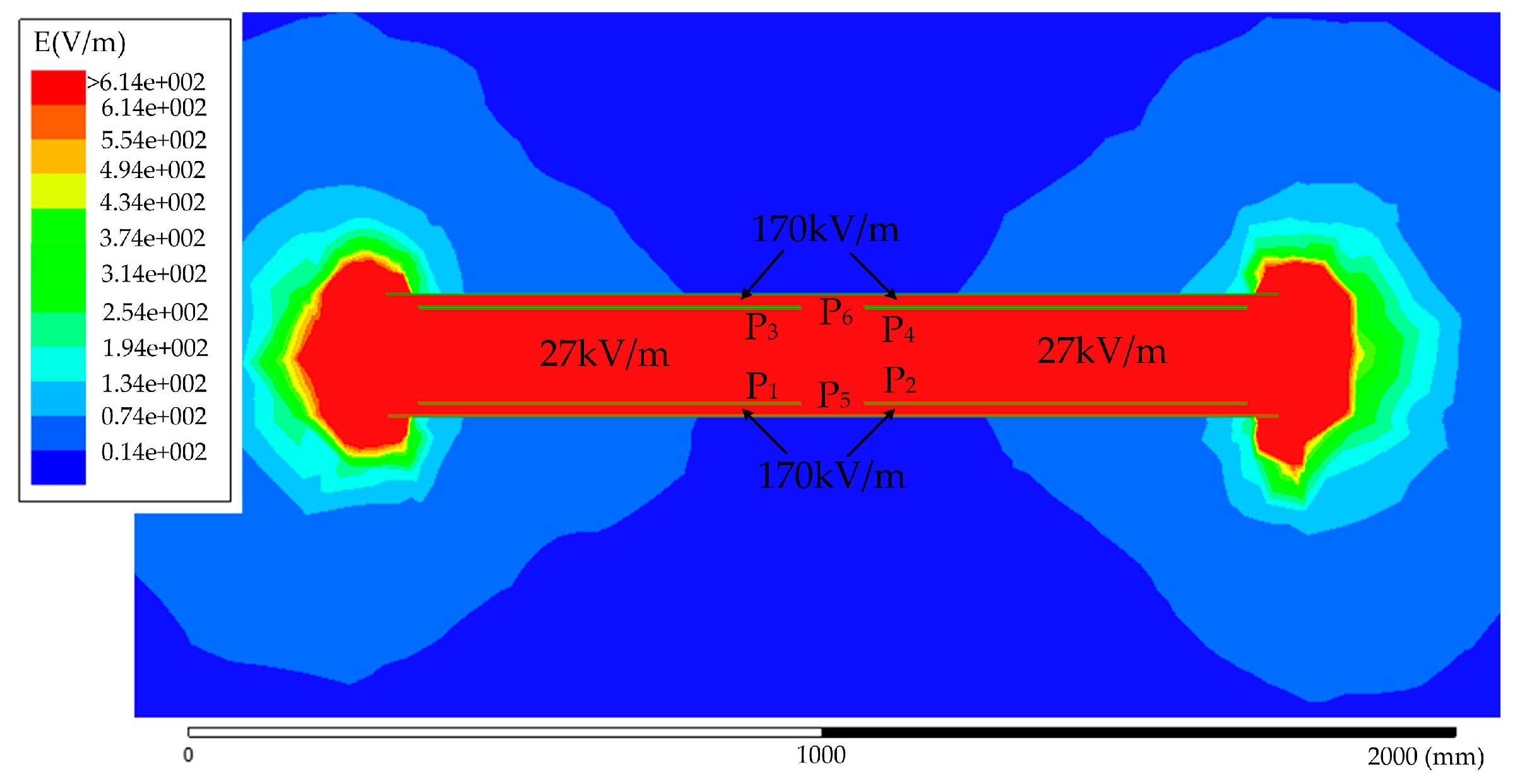

| Category | Inductance | Output Type | Output Expression | Output Power |
|---|---|---|---|---|
| Sepic CPT [42] * | Voltage source | |||
| Class E CPT [80] ** | Voltage source | |||
| Series L CPT [22] | Voltage source | |||
| LC CPT [35] | Current source | |||
| LCLC CPT [68] | Current source |
© 2017 by the authors. Licensee MDPI, Basel, Switzerland. This article is an open access article distributed under the terms and conditions of the Creative Commons Attribution (CC BY) license (http://creativecommons.org/licenses/by/4.0/).
Share and Cite
Lu, F.; Zhang, H.; Mi, C. A Review on the Recent Development of Capacitive Wireless Power Transfer Technology. Energies 2017, 10, 1752. https://doi.org/10.3390/en10111752
Lu F, Zhang H, Mi C. A Review on the Recent Development of Capacitive Wireless Power Transfer Technology. Energies. 2017; 10(11):1752. https://doi.org/10.3390/en10111752
Chicago/Turabian StyleLu, Fei, Hua Zhang, and Chris Mi. 2017. "A Review on the Recent Development of Capacitive Wireless Power Transfer Technology" Energies 10, no. 11: 1752. https://doi.org/10.3390/en10111752





